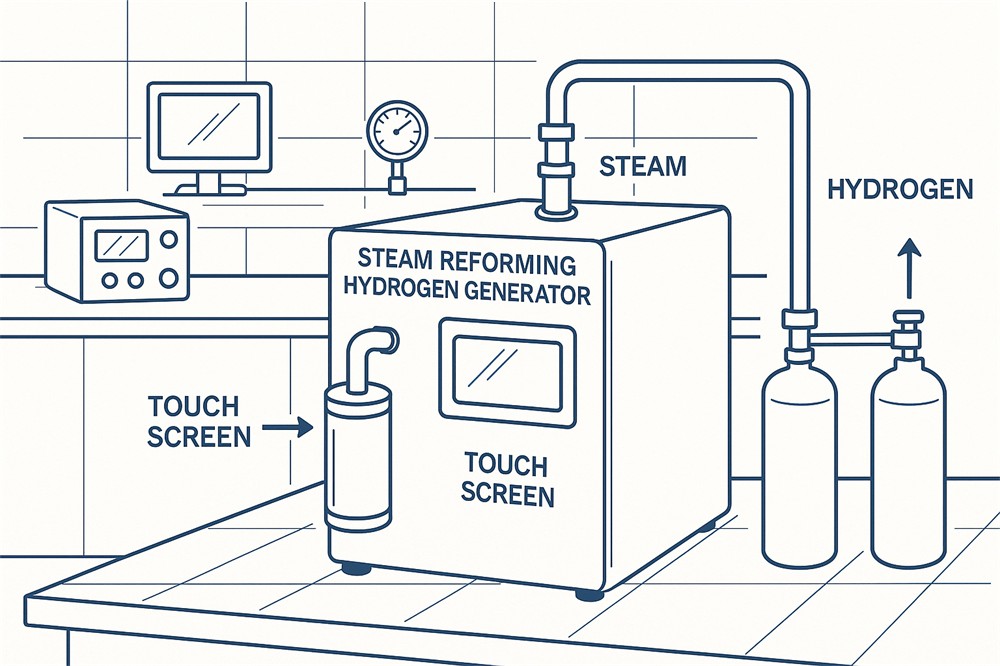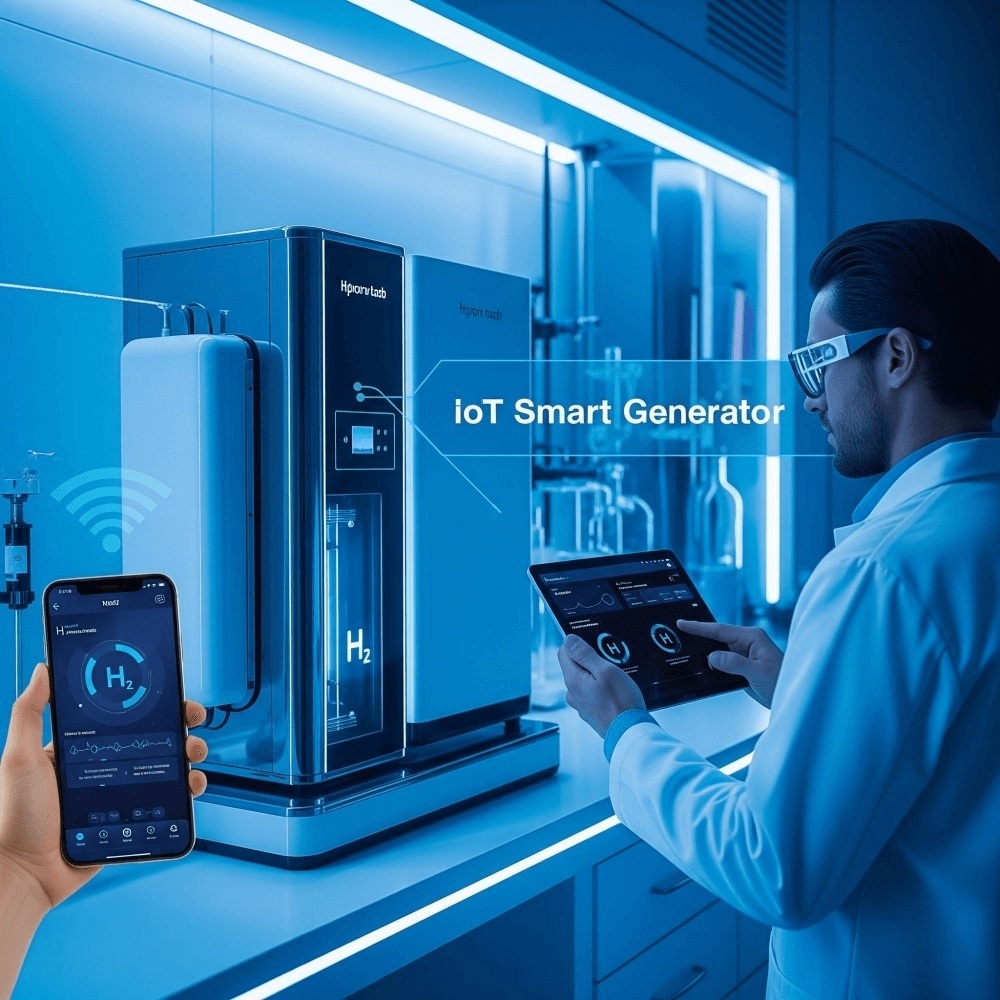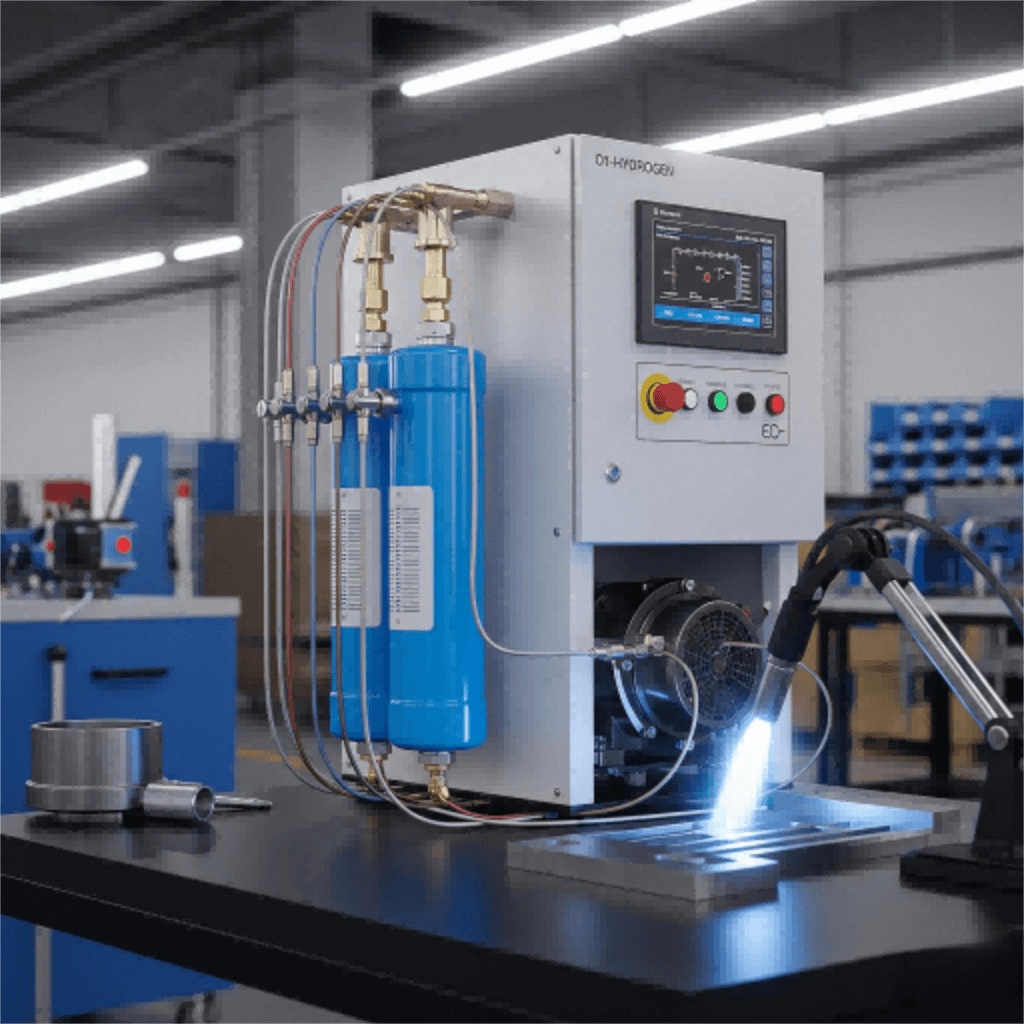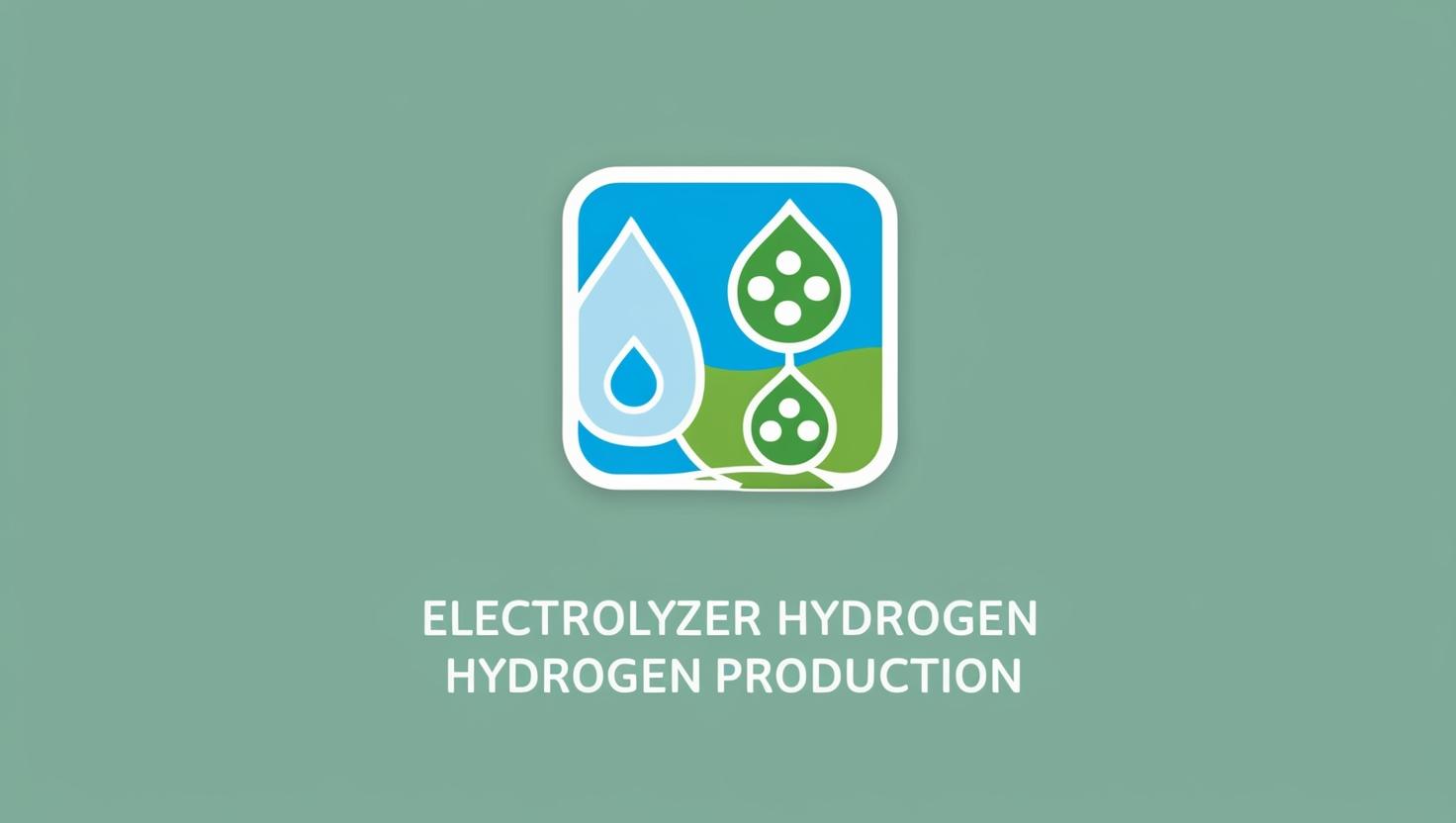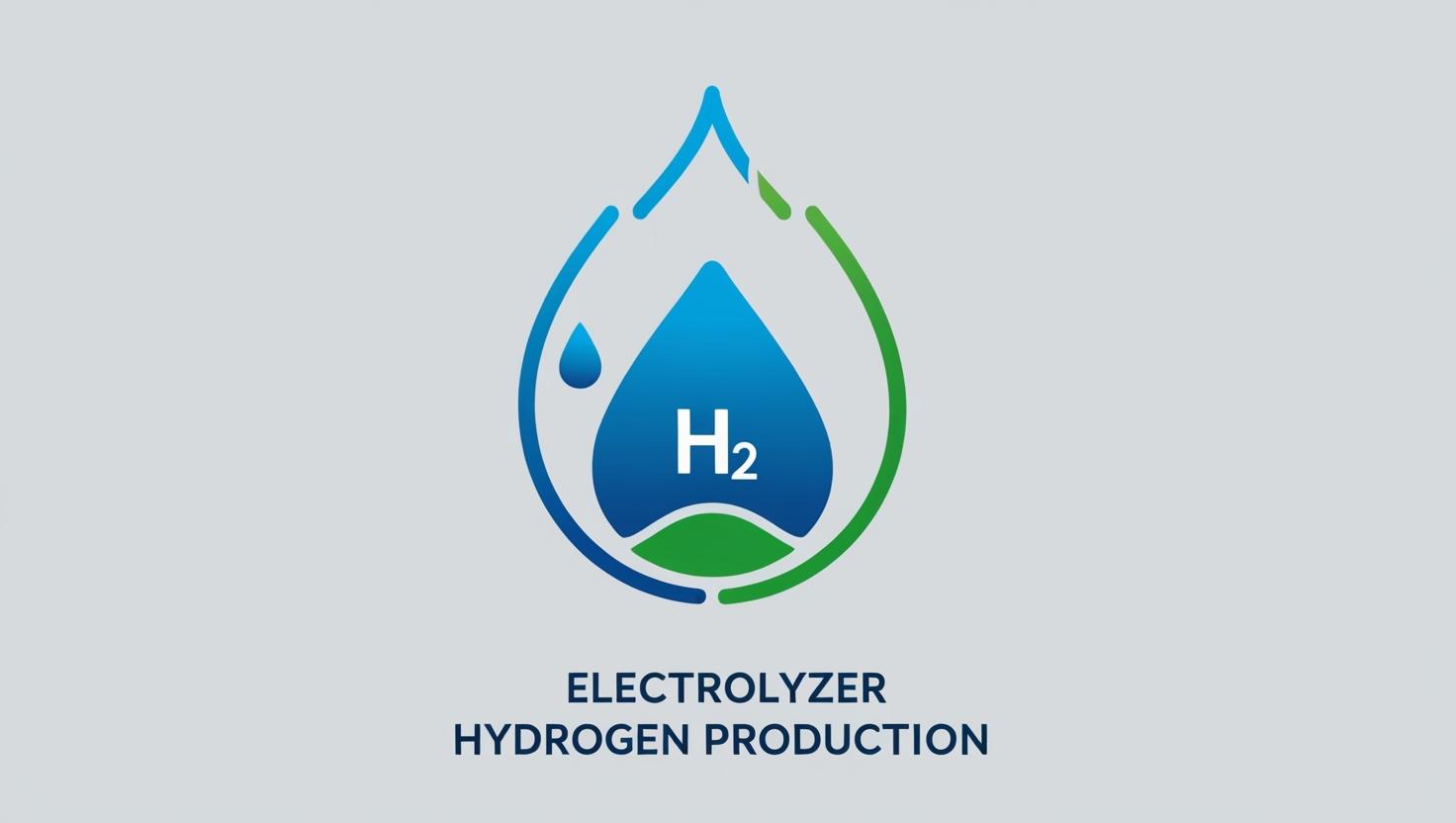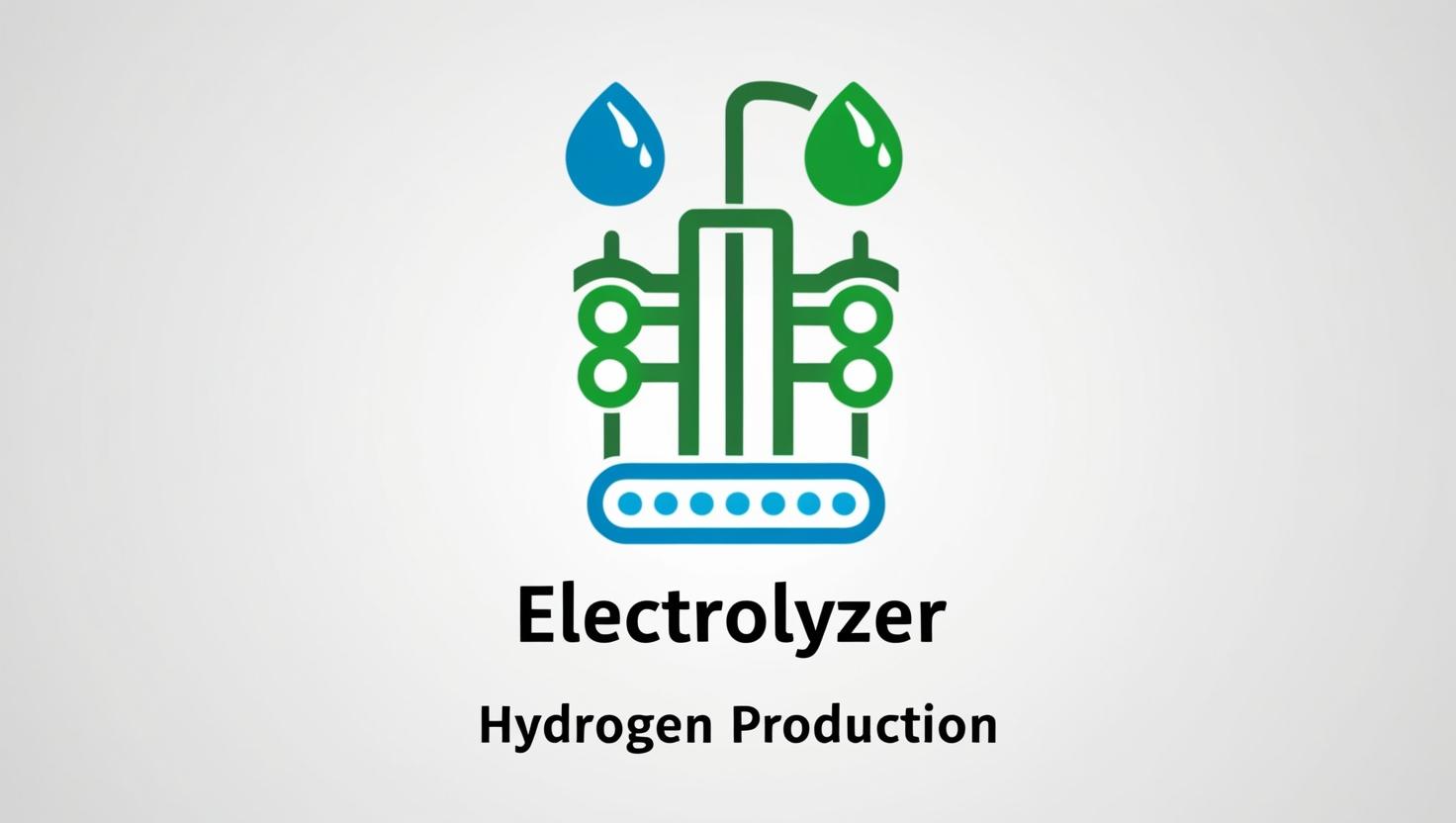Discover the power of PEM electrolyzer cells in hydrogen generators. Learn about PEM technology, selection, integration, and maintenance for efficient hydrogen production.
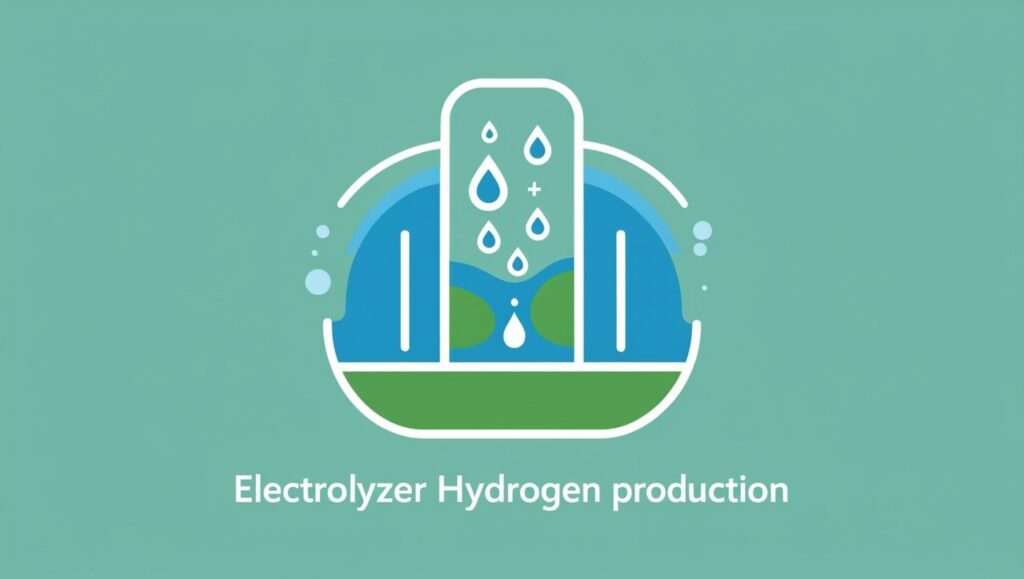
I. Introduction: The Rise of Hydrogen Generators
Hydrogen, often hailed as the fuel of the future, is playing a crucial role in shaping a cleaner and more sustainable energy landscape. As industries, governments, and communities search for alternatives to fossil fuels, hydrogen stands out for its zero-emission potential and versatility. From powering vehicles to storing renewable energy, its applications are growing rapidly.
In this green revolution, hydrogen generators are becoming indispensable. They provide an on-demand supply of hydrogen through water electrolysis, making them ideal for industrial use, transportation infrastructure, and energy storage systems. Among the technologies driving this transformation, the PEM electrolyzer cell—short for Proton Exchange Membrane electrolyzer—has emerged as a leader.
This article dives deep into how the hydrogen generator with PEM electrolyzer cell is changing the game. We’ll explore its technology, applications, benefits, and future outlook.
II. Understanding PEM Electrolyzer Cell Technology
A. What is PEM Electrolysis? A Simplified Explanation
PEM electrolysis involves splitting water (H₂O) into hydrogen (H₂) and oxygen (O₂) using electricity. The “Proton Exchange Membrane” in the system allows only protons to pass through while keeping gases separate, which ensures high purity hydrogen production.
B. Key Components of a PEM Electrolyzer Cell
1. Membrane Electrode Assembly (MEA)
At the core of PEM technology is the MEA, which includes:
- Catalyst layers (usually platinum or iridium) that facilitate the electrochemical reactions.
- Polymer membrane (commonly Nafion) that conducts protons and separates gases.
2. Bipolar Plates
These provide structural support, distribute gases and current, and remove water and heat efficiently. Materials like graphite or coated metals are used for durability.
3. Gaskets and Seals
They prevent gas crossover and ensure the system remains airtight and safe during operation.
C. The Electrochemical Process: How PEM Electrolysis Works
- At the anode, water molecules are split into oxygen, electrons, and protons.
- Protons pass through the membrane to the cathode side.
- At the cathode, protons recombine with electrons to form hydrogen gas.
D. Advantages of PEM Electrolyzers
- High efficiency: Less energy is lost during conversion.
- Compact design: Ideal for decentralized hydrogen production.
- Rapid response: Quickly adjusts to power input, great for renewable energy integration.
- High purity output: Hydrogen is nearly 100% pure—perfect for fuel cells.
III. The Role of PEM Cells in Hydrogen Generation
A. PEM Electrolyzers vs. Other Electrolyzer Technologies
| Feature | PEM Electrolyzer | Alkaline Electrolyzer | Solid Oxide Electrolyzer |
|---|---|---|---|
| Efficiency | High | Medium | Very High |
| Operating Temp | 50–80°C | 60–80°C | 700–1000°C |
| Start-Up Time | Fast | Slow | Slow |
| Hydrogen Purity | Very High | Moderate | High |
| Cost | Moderate to High | Low | High |
PEM systems outperform alkaline systems in dynamic response and gas purity. Compared to solid oxide electrolyzers, PEM systems operate at lower temperatures, making them more suitable for intermittent power sources like solar and wind.
B. Applications of PEM Electrolyzer-based Hydrogen Generators
- On-site hydrogen production for industries like glass, electronics, and chemicals.
- Hydrogen refueling stations for fuel cell vehicles (FCEVs).
- Grid-scale energy storage: Convert excess solar/wind power into hydrogen (power-to-gas).
- Backup power systems for telecom and critical infrastructure.
IV. Selection Criteria for PEM Electrolyzer Cells
A. Performance Metrics
- Current Density and Voltage: Higher densities mean more hydrogen output per unit area.
- Hydrogen Production Rate: Measured in Nm³/h or kg/h.
- System Efficiency: Typically 60–80%, depending on operating conditions.
B. Durability and Lifespan
- Factors Affecting Degradation: High current density, impure water, temperature fluctuations.
- Lifespan Extension Strategies: Advanced coatings, automated control systems, predictive maintenance.
C. Cost Considerations
- Initial Investment: Equipment and installation.
- Operating Costs: Electricity (major cost), deionized water.
- Maintenance Costs: Periodic replacement of membranes and catalysts.
D. Scalability and Modular Design
PEM systems are modular, allowing users to scale production by adding more stacks.
E. Supplier Reputation and Support
Choose suppliers with proven track records, technical support, and warranty services.
V. Integrating PEM Electrolyzers with Power Sources
A. Pairing with Renewable Energy Sources
PEM systems are ideal for variable energy inputs like solar or wind. Their rapid response time allows them to operate efficiently even with intermittent supply.
- Advantages:
- Directly store renewable electricity as hydrogen.
- Use during peak demand or when renewables aren’t generating.
- Solutions for Intermittency:
- Smart controllers
- Hybrid systems with batteries
- Advanced forecasting algorithms
B. Grid Integration
PEM hydrogen generators can participate in demand response programs, stabilize grids, and provide ancillary services.
C. Power Electronics and Control Systems
Modern PEM systems are integrated with digital inverters, sensors, and AI-based control systems for enhanced performance and safety.
VI. Maintenance and Troubleshooting Tips for PEM Electrolyzer Cells
A. Regular Inspection and Cleaning Procedures
- Check seals, plates, and membranes.
- Use deionized water to prevent scaling and contamination.
B. Monitoring Performance Parameters
- Continuously measure current, voltage, and gas flow rates.
- Use automated alerts to detect deviations early.
C. Troubleshooting Common Issues
- Low hydrogen output: Check for membrane fouling or voltage drops.
- High cell resistance: May indicate plate corrosion or membrane drying.
- Membrane degradation: Caused by over-voltage or contamination.
D. Water Quality Requirements
- Only use ultra-pure, deionized water (resistivity >1 MΩ·cm).
- Regularly change water filters and monitor conductivity.
VII. Future Trends and Innovations in PEM Electrolyzer Technology
A. Advanced Materials for Improved Performance
- Non-precious metal catalysts
- Enhanced membranes with higher conductivity and lifespan
B. Stack Design Optimization
- Lightweight, compact designs
- Better thermal management for higher efficiency
C. Cost Reduction Strategies
- Mass production
- Standardized modules
- Recycling and reuse of catalyst materials
D. Integration with AI and IoT
Smart hydrogen generators will use IoT sensors, cloud platforms, and AI analytics for:
- Predictive maintenance
- Real-time optimization
- Fault detection
VIII. Conclusion: The Future is Hydrogen with PEM Electrolyzers
As the global transition toward clean energy accelerates, the hydrogen generator with PEM electrolyzer cell will play a pivotal role in reshaping how we power our world. Its unmatched efficiency, modular design, and compatibility with renewable energy make it a key enabler for a sustainable hydrogen economy.
By adopting this technology today, businesses and governments not only reduce their carbon footprint but also future-proof their energy systems. The time to invest in PEM electrolyzers is now—for a cleaner, smarter, and greener tomorrow.
Frequently Asked Questions (FAQs)
1. What is a PEM electrolyzer used for? A PEM electrolyzer is used to produce hydrogen by splitting water into hydrogen and oxygen using electricity. It’s commonly used in energy storage, industrial processes, and hydrogen fueling stations.
2. How efficient are PEM electrolyzer cells? They typically operate at 60–80% efficiency, depending on operating conditions and system design.
3. What type of water is needed for PEM electrolysis? Ultra-pure deionized water is required to prevent contamination and ensure long-term performance.
4. Can PEM electrolyzers work with solar panels? Yes, they are ideal for use with renewable sources like solar and wind due to their fast response time and flexible operation.
5. How long do PEM electrolyzer cells last? With proper maintenance, they can last 5–10 years. Lifespan depends on usage, water quality, and system care.
6. Is PEM better than alkaline electrolysis? PEM offers higher purity hydrogen and faster start-up times, making it better suited for dynamic and small-scale applications.

